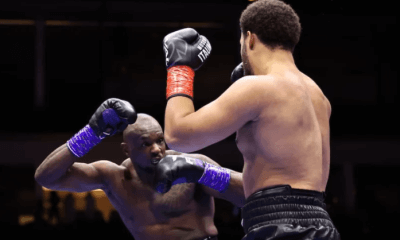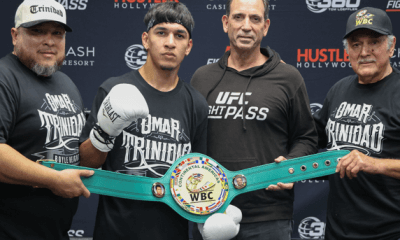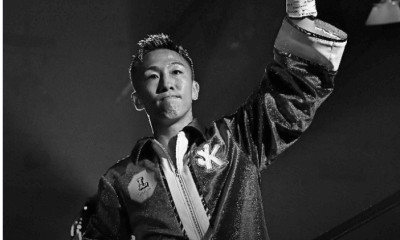Featured Articles
Is Erislandy Lara Still Elite?
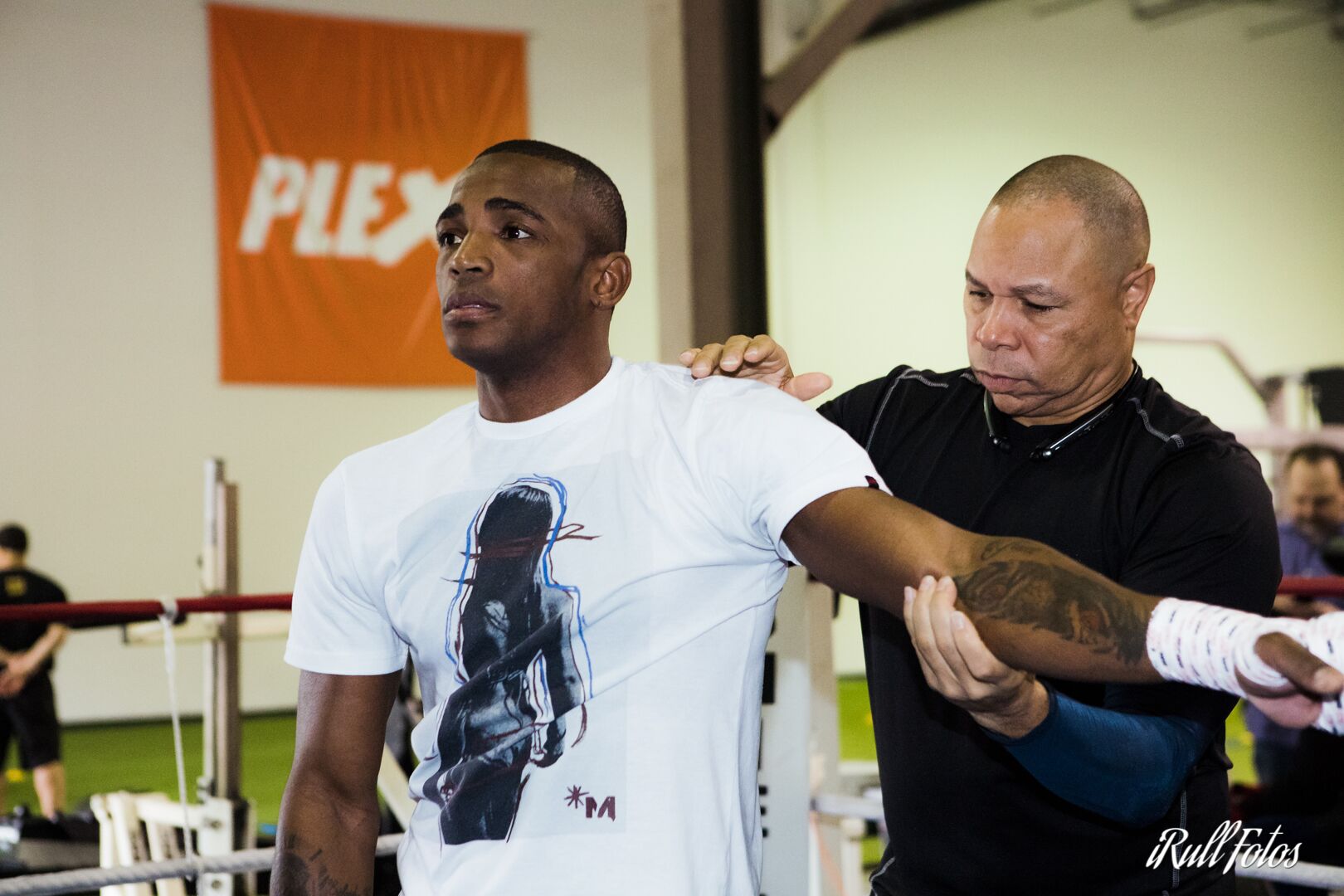
“Erislandy Lara has always been one of the best fighters in the world,” said longtime trainer Ronnie Shields. “He knows exactly what he’s doing inside the ring. He takes advantage of what the opponent does. It takes skill to do that, and not many fighters know how to do it.”
Lara, 35, faces secondary titleholder Brian Castano at Barclays Center in Brooklyn this Saturday night on Showtime. Lara is ranked No. 2 at junior middleweight by The Ring despite coming off a split-decision loss to unbeaten IBF and WBA titleholder Jarrett Hurd last April in a consensus “Fight of the Year.”
Shields said Lara handled the heartbreaking loss as well as could be expected, especially considering Lara was ahead on all three scorecards entering the final round when Hurd scored that left-hook knockdown which ultimately swung the scorecards the other way.
“It was a great fight, but we, on our side, think we won,” said Shields. “And I think we have a legitimate argument for it.”
The argument is predicated around judge Dave Moretti scoring four of the first six rounds for Hurd despite most observers believing Lara did his very best work in the very close fight during that very same timeframe. By comparison, judges Glen Feldman and Burt Clements scored those rounds 3-3 and 2-4.
Having suffered other narrow misses while working Lara’s corner in the past, most notably a split-decision loss to Canelo Alvarez in 2013, Shields is frustrated with the current state of judging in the sport.
“I just don’t know what they look for. It seems like they change the criteria on what you’re supposed to be looking for. The one judge [Moretti] that gave Hurd four of the first six rounds has to be crazy. You know, you just don’t know what he’s looking for. If this guy judges the fight by what he’s supposed to be looking for, even with the knockdown, Lara wins the fight.”
According to CompuBox, Hurd landed 217 of 824 (26%) total punches to Lara’s 176 of 572 (31%).
The silver lining to it all, of course, was that Lara, a southpaw stylist who plies his trade using a risk-averse Cuban-style usually not known for producing scintillating action fights, might have suddenly gained new followers after his FOTY performance.
“That fight being recognized as ‘Fight of the Year’ shows my versatility as a fighter,” said Lara via press release. “I was on the ballot before with Alfredo Angulo [in 2013], so it was good to get recognized for being a warrior, not only a craftsman.”
Curiously enough, it was Shields who encouraged Lara to forgo his usual style against Hurd and instead take the fight right to the younger, larger champion.
“I think we really surprised Hurd when I sent Lara right to him,” said Shields. “We fought Hurd at his own fight. That’s the best tactic I saw that would work for us. And it did work for us.”
One must wonder then: How might Lara fight against Castano?
Lara, -400, opened with oddsmakers as a significant favorite over the 29-year-old Castano, +275. While Castano was a decorated amateur in his home country of Argentina and has remained unbeaten over the course of his near seven-year professional career, there’s nothing on his resume to suggest he should be able to defeat a fighter as talented and decorated as Lara unless Lara just suddenly isn’t the same fighter anymore.
Despite the loss and perhaps, more importantly, even with being on the wrong side of 30, Shields laughed off the suggestion that Lara might not be able to seriously compete anymore with the very best fighters in the division.
“This guy, he ain’t going anywhere. He’s still there, and he can still compete with the very best fighters in the world.”
Shields said Lara, perhaps motivated by missing the chance to become just the seventh unified junior middleweight champion in boxing history, completely surrendered to one of the most grueling, and probably most important, training camps of the 35-year-old’s life.
“He gets up for every fight,” said Shields. “No matter who he’s fighting, he works hard every single day. I’m proud to work with him because he sets an example for every other fighter I have in the gym.”
A win for Lara would net the fighter the regular WBA title, but more importantly, it would solidify him as the next logical choice for unified champion Hurd after former WBC champion Jermell Charlo shockingly lost to Tony Harrison in December.
The stakes would be even higher in the rematch. With both Lara and Hurd ranked atop the division by The Ring, the return fight would also crown the champion according to that organization, along with universal recognition as being lineal champ.
But Shields said not to dismiss Castano. He hailed the underdog as a serious threat, but one Lara would ultimately defeat.
“It’s not going to be a cakewalk either way, but we feel confident because we know the ability level of our fighter, and that’s something Castano will have to figure out.”
Shields wouldn’t divulge what Lara’s strategy will be this time. Will Lara box carefully the way he did over most every other fight of his six-fight championship reign? Or will he take the fight to Castano the same way he did against Hurd?
Whatever happens, Shields just hopes boxing fans are finally giving Lara his due.
“He’s the real deal,” said Shields. “All you have to do is pay attention to what he does. It’s easy to see. He’s a skilled boxer. He’s not a one-punch knockout kind of fighter, but his power gets respect from every fighter he faces in the ring.”
Photo credit: Hosanna Rule / Team Lara
Check out more boxing news on video at The Boxing Channel
To comment on this story in The Boxing Forum CLICK HERE
-

 Featured Articles3 weeks ago
Featured Articles3 weeks agoThe Hauser Report: Zayas-Garcia, Pacquiao, Usyk, and the NYSAC
-
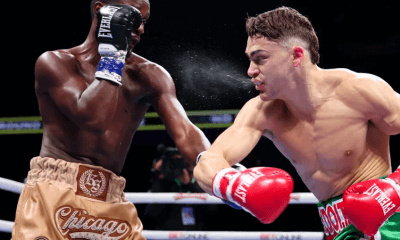
 Featured Articles2 weeks ago
Featured Articles2 weeks agoOscar Duarte and Regis Prograis Prevail on an Action-Packed Fight Card in Chicago
-
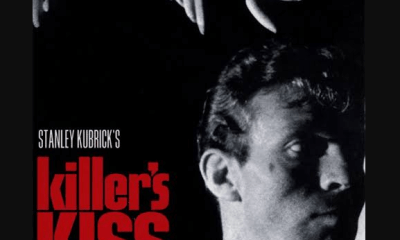
 Featured Articles1 week ago
Featured Articles1 week agoThe Hauser Report: Cinematic and Literary Notes
-
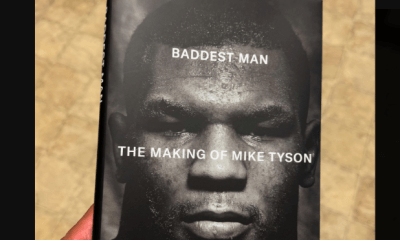
 Book Review5 days ago
Book Review5 days agoMark Kriegel’s New Book About Mike Tyson is a Must-Read
-
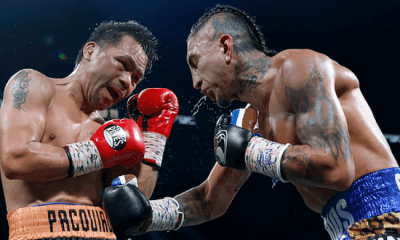
 Featured Articles4 weeks ago
Featured Articles4 weeks agoManny Pacquiao and Mario Barrios Fight to a Draw; Fundora stops Tim Tszyu
-
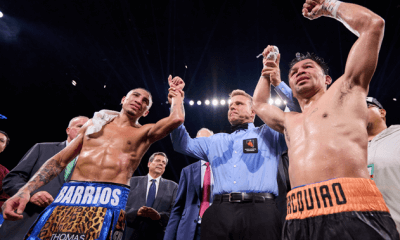
 Featured Articles4 weeks ago
Featured Articles4 weeks agoArne’s Almanac: Pacquiao-Barrios Redux
-

 Featured Articles3 weeks ago
Featured Articles3 weeks agoRemembering Dwight Muhammad Qawi (1953-2025) and his Triumphant Return to Prison
-
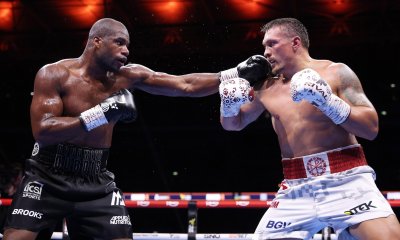
 Featured Articles4 weeks ago
Featured Articles4 weeks agoOleksandr Usyk Continues to Amaze; KOs Daniel Dubois in 5 One-Sided Rounds


